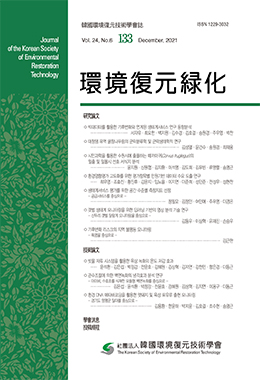In Suwon, the overall hygiene of the city is threatened by the emergence of the rook(Corvus fugilegus) in the city. Rooks began to appear in November of 2016 and has continued to appear from November to March every year. In order to eradicate or to prepare an alternative habitat for rooks, this study aimed to identify the preferred habitat and specific environmental variables. Therefore, in this work, we aim to understand the predicted distribution of rooks in Suwon City with citizen science and through MaxENT, the most widely utilized habitat modeling using citizen science to analyze the preferred habitat of harmful tides appearing in urban areas. In this study, seven environmental variables were chosen: biotope group complex, building floor, vegetation, euclidean distance from farmland, euclidean distance from streetlamp, and euclidean distance from pole and DEM. Among the estimated models, after the time period of sunrise (08:00~18:00) the contribution percentage were as following: euclidean distance from arable land(39.2%), DEM(25.5%), euclidean distance from streetlamp(22.3%), euclidean distance from pole(7.1%), biotope group complex(4.9%), building floor(1%), vegetation(0%). In the time period after sunset(18:00~08:00) the contribution percentage were as following: biotope group complex(437.4%), euclidean distance from pole(26.8%), DEM(13.4%), euclidean distance from streetlamp(11.8%), euclidean distance from farmland(7.9%), building floor(1.4%), vegetation(1.3%).


